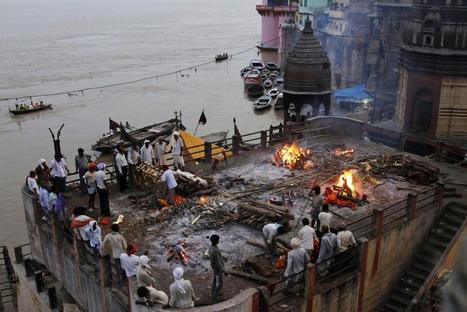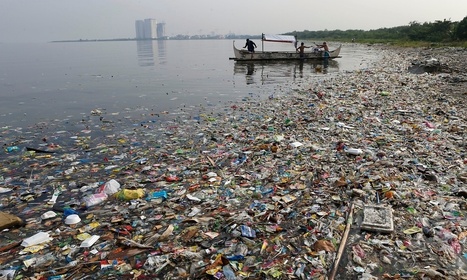The characteristics of a productive teaching environment are many and diverse. Some of them can be dependent on budgetary constraints and tech levels, while others can be specific to the kaleidoscope of world regions whose schools are working to build exceptional learners. At the end of the (school) day, though, there are those characteristics that translate across cultures and conditions and break boundaries to become global standards of excellence for each classroom.
Such is the list compiled by the staff of TeachThought in the article 20 Observable Characteristics Of Effective Teaching. So what are the characteristics of effective teaching, and what does the universal idea of a truly productive teaching environment look like? We share our take on the 20 points from their article below in the hopes that you can use them to reflect and improve on your own teaching craft.
Via John Evans



 Your new post is loading...
Your new post is loading...
















